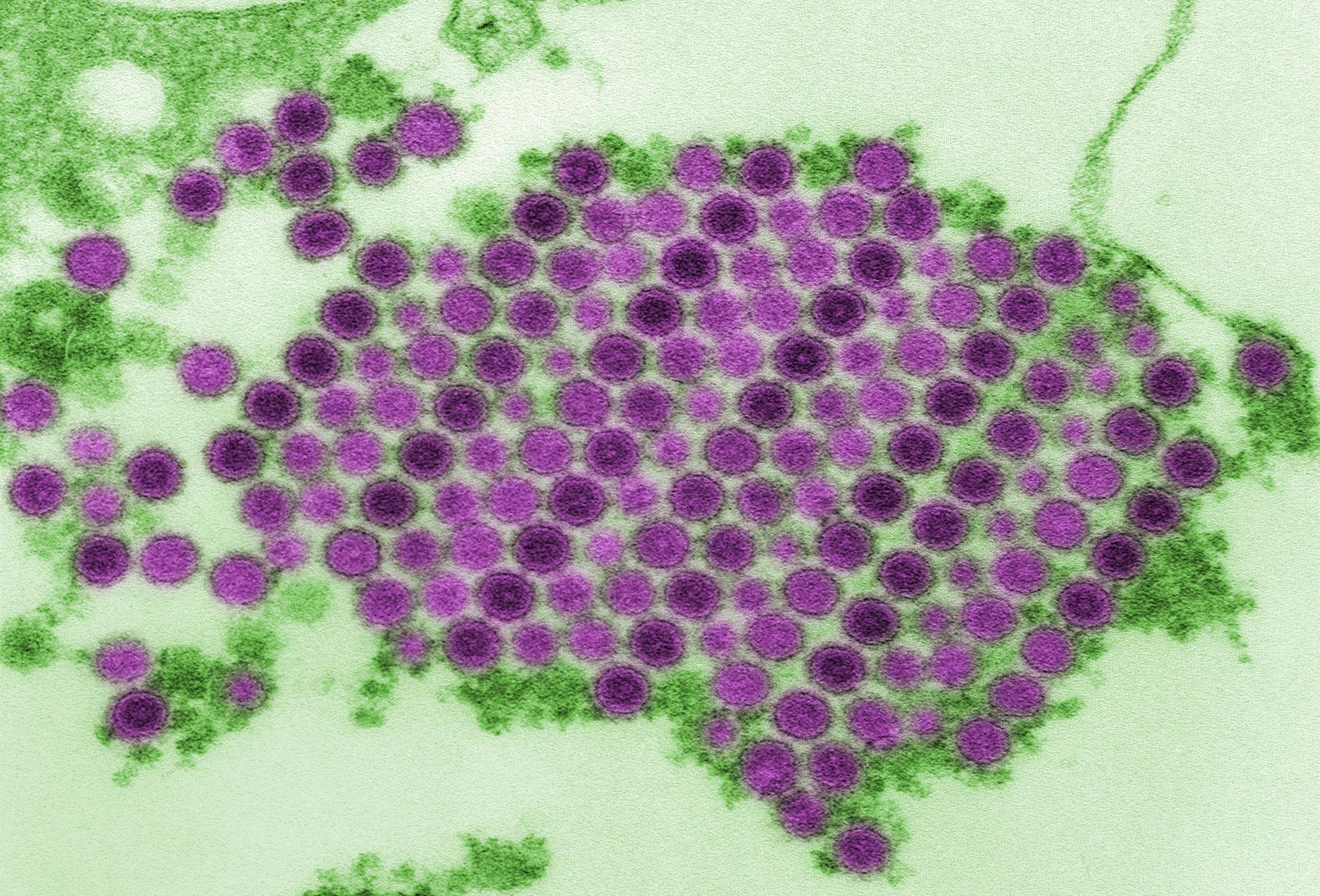Intron-derived small RNAs for silencing viral RNAs in mosquito cells
Aedes aegypti and Ae. albopictus are the main vectors of mosquito-borne viruses of medical and veterinary significance. Many of these viruses have RNA genomes. Exogenously provided, e.g. transgene encoded, small RNAs could be used to inhibit virus replication, breaking the transmission cycle. We tested, in Ae. aegypti and Ae. albopictus cell lines, reporter-based strategies for assessing the ability of two types of small RNAs to inhibit a chikungunya virus (CHIKV) derived target. Both types of small RNAs use a Drosophila melanogaster pre-miRNA-1 based hairpin for their expression, either with perfect base-pairing in the stem region (shRNA-like) or containing two mismatches (miRNA-like). The pre-miRNA-1 stem loop structure was encoded within an intron; this allows co-expression of one or more proteins, e.g. a fluorescent protein marker tracking the temporal and spatial expression of the small RNAs in vivo. Three reporter-based systems were used to assess the relative silencing efficiency of ten shRNA-like siRNAs and corresponding miRNA-like designs. Two systems used a luciferase reporter RNA with CHIKV RNA inserted either in the coding sequence or within the 3' UTR. A third reporter used a CHIKV derived split replication system. All three reporters demonstrated that while silencing could be achieved with both miRNA-like and shRNA-like designs, the latter were substantially more effective. Dcr-2 was required for the shRNA-like siRNAs as demonstrated by loss of inhibition of the reporters in Dcr-2 deficient cell lines. These positive results in cell culture are encouraging for the potential use of this pre-miRNA-1-based system in transgenic mosquitoes.
